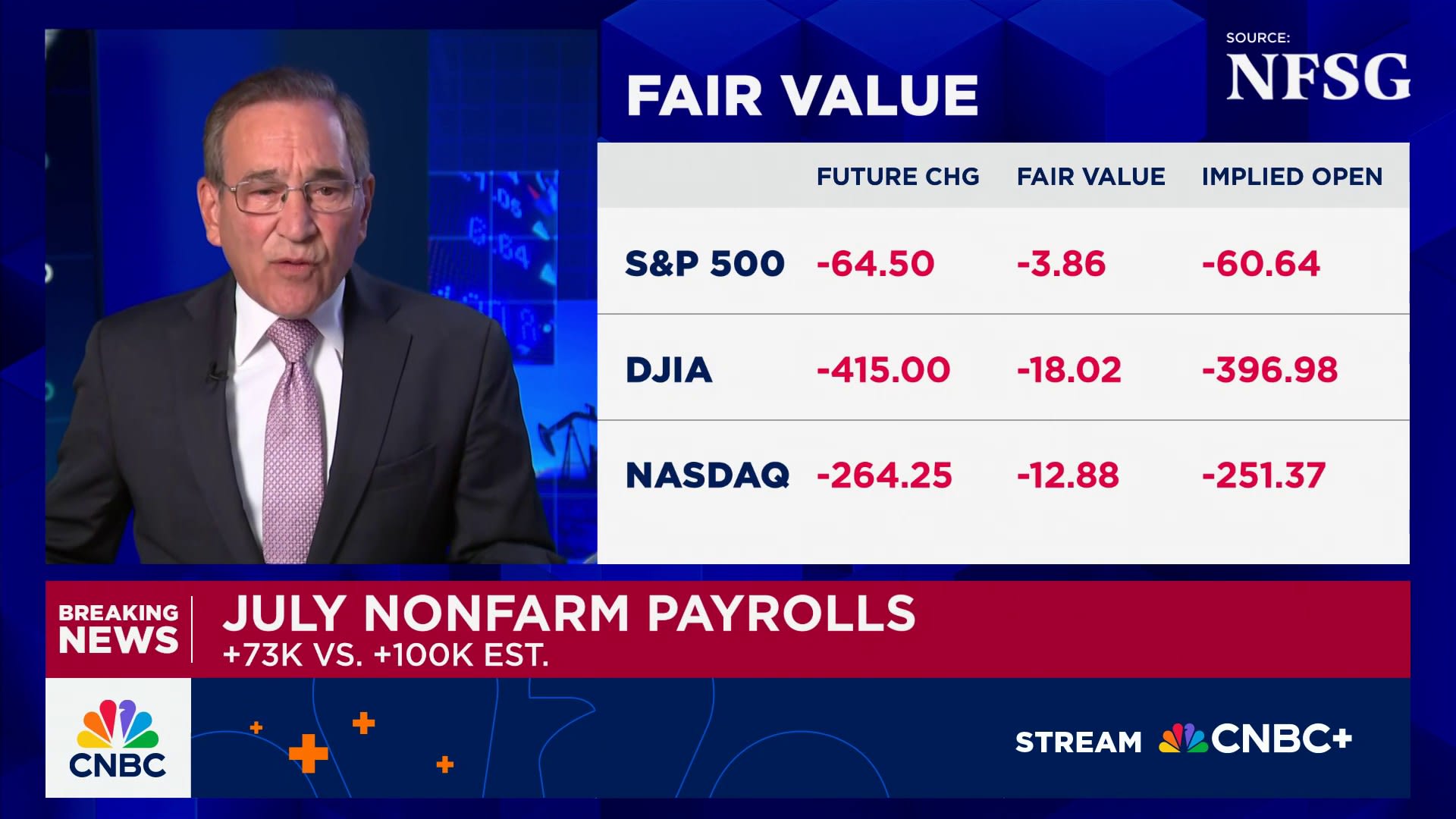Federal Reserve officials diverged at their June meeting about how aggressively they would be willing to cut interest rates, split between concerns over tariff-fueled inflation and signs of labor market weakness and economic strength.
Minutes from the June 17-18 meeting released Wednesday showed that policymakers largely held to a wait-and-see position on future rate moves. The meeting ended with Federal Open Market Committee members voting unanimously to hold the central bank’s key borrowing rate in a range between 4.25%-4.5%, where it has been since December 2024.
However, the summary also showed a growing divide over how policy should proceed from here.
“Most participants assessed that some reduction in the target range for the federal funds rate this year would likely be appropriate,” the minutes said, as officials saw tariff-induced inflation pressures as potentially “temporary and modest” while economic growth and hiring could weaken.
How far the cuts could go, though, was a matter of debate.
Opinions ranged from a “couple” officials who said the next cut could come as soon as this month to “some” who thought no reductions this year would be appropriate. Though the minutes do not mention names, Fed Governors Michelle Bowman and Christopher Waller have gone on record saying they could see their way to cutting rates as soon as the July 29-30 Fed meeting if inflation stays under control.
At the same time, “several” officials said they thought the current overnight funds rate “may not be far” from a neutral level, meaning only a few cuts may be ahead. Those officials cited inflation still above the 2% goal amid a “resilient” economy.
In Fed parlance, some is more than several.
Officials at the meeting updated their projections for rate cuts, expecting two this year followed by three more over the next couple years. However, the “dot plot” of individual members’ outlooks reflected division over the extent of cuts.
The release comes with President Donald Trump ramping up pressure on Fed Chair Jerome Powell and his cohorts to cut aggressively. In public statements and on his Truth Social site, Trump has lambasted Powell, going as far to call for his resignation.
Powell has said repeatedly that he won’t bow to political pressure when it comes to setting monetary policy. For the most part, he has joined the cautious approach, insisting that with a strong economy and uncertainty over inflation, the Fed is in a good position to stay on hold until it has more information.
The minutes largely reflect that stance that policy is currently well positioned to respond to changes in the data.
“Participants agreed that although uncertainty about inflation and the economic outlook had decreased, it remained appropriate to take a careful approach in adjusting monetary policy,” the document stated.
Officials also noted that they “might face difficult tradeoffs if elevated inflation proved to be more persistent while the outlook for employment weakened.” In that case, they said they would weigh which side was further from its goal in formulating policy.
Since the meeting, Trump has continued negotiations with key U.S. trading partners, with the tariff ground shifting on a near-daily basis. Trump initially announced tariffs on April 2, and then has altered deadlines for agreements, most recently ticking off a series of letters to foreign leaders notifying them of looming levies should they not act.
Recent data indicate that Trump’s tariffs have not fed into prices, at least on a large scale.
The consumer price index showed an increase of just 0.1% in May. While inflation gauges are still mostly above the Fed’s 2% target, recent sentiment surveys show the public is growing less fearful of inflation further down the road.
“Many participants noted that the eventual effect of tariffs on inflation could be more limited if trade deals are reached soon, if firms are able to quickly adjust their supply chains, or if firms can use other margins of adjustment to reduce their exposure to the effects of tariffs,” the minutes stated.
At the same time, job gains have slowed considerably, though the rate of nonfarm payrolls growth has consistently surprised economists. June showed an increase of 147,000, against the consensus forecast for 110,000, while the unemployment rate unexpectedly fell to 4.1%.
Consumer spending has slowed considerably. Personal expenditures declined 0.1% in May, while retail sales tumbled 0.9%.








